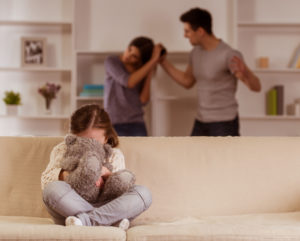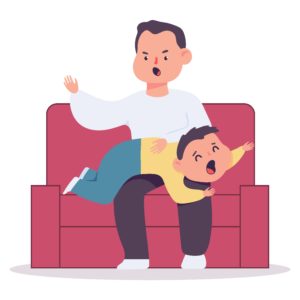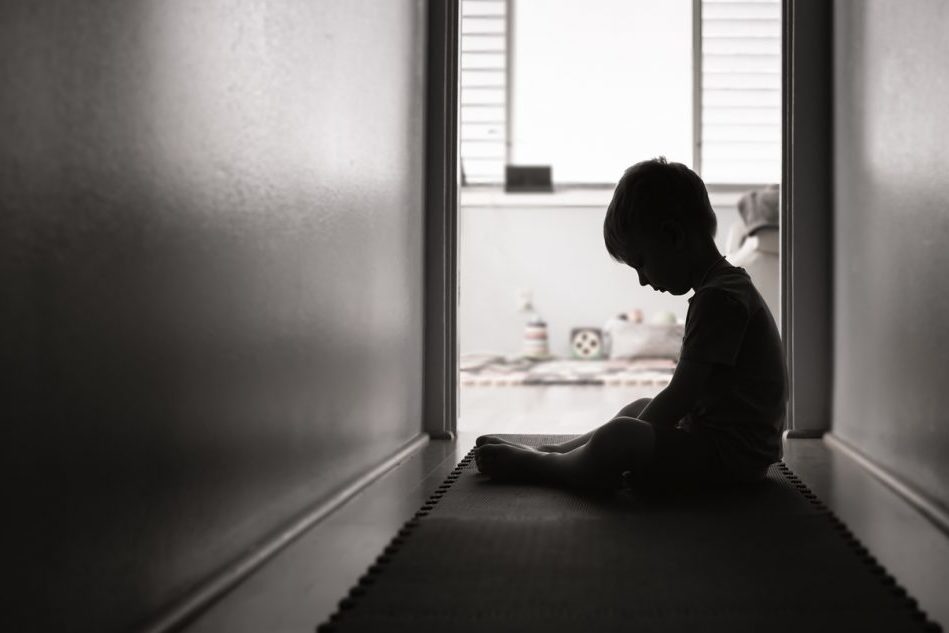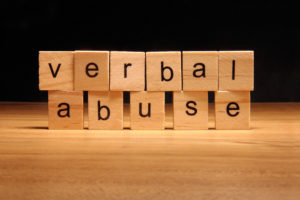Discipline or Child Abuse?
Many experts are asked to answer this question when they are retained on child abuse cases. It is not as black and white as one might think. Corporal punishment is defined as “an act carried out with the intention of causing a child to experience physical pain, but not injury, for the purposes of correction or control of behavior”. Physical abuse is defined as, “any non-accidental physical injury to the child and can include striking, kicking, burning, or biting the child, or any action that results in a physical impairment of the child.” Injuries or physical impairments can include severe injuries such as burns, fractures, brain injury, extensive tissue damage, or even death. But many of the injuries in child abuse cases are not obvious, such as bruises, scratches, lacerations, abrasions, or swelling. In these cases, it takes a thorough review of the events surrounding the event and of the injuries to ensure that they are consistent with what the allegations are. Having a forensic nurse expert experienced in child abuse and trauma could be critical in developing your case.
Are the laws the same everywhere?
Laws regarding child abuse vary from state to state and what is considered abuse in one state may not be considered abuse in another. Physical abuse is generally defined as “any non-accidental physical injury.” However, most states do allow parents to use spanking as a means of discipline and paddling students is still allowed in public schools in 19 states. Spanking is defined as using an open hand to strike a child’s buttocks. Some states only allow spanking while others state that “reasonable” or “moderate” methods may be used. If the discipline results in significant injury to the child, then it may be considered abuse. Methods of discipline or behaviors that are considered abuse are as follows:
- Hitting your child with a fist or an object with harmful intent. This could include burning, kicking, or biting.
- Threats to kill or severely harm the child.
- Excessive physical restraint or periods of isolation
 Allowing a child to view pornography or watch you have sex.
Allowing a child to view pornography or watch you have sex.- Leaving a child unsupervised
- Allowing a child to participate in or witness illegal substance abuse or alcohol abuse, including use while the child is in the womb.
- Driving under the influence of drugs or alcohol with a child in the car
- Child witnessing domestic violence.
- Allowing your child to be harmed by someone sexually, physically, or emotionally.
- Allowing your child to have underaged sex.
- Unwillingness to meet a child’s physical needs for food and shelter.
- Unwillingness to provide medical treatment to a child.
- Unwillingness to obtain appropriate educational instruction.
- Abandoning a child
- Failing to look for your child if they are missing.
What does the medical community consider abuse?
In 2018, the American Academy of Pediatrics (AAP) issued a new policy stating that “Parents, other caregivers, and adults interacting with children and adolescents should not use
corporal punishment (including hitting and spanking).” Their premise is that there is evidence demonstrating that corporal punishment is mostly ineffective at changing behavior and that in fact it may be more harmful than helpful. There are emotional as well as physical consequences to the child that must be considered before punishment is given and there may be negative effects on child development. Verbal abuse can cause shame and/or humiliation. However, all the AAP can do is offer advice to parents, they cannot make the choices on how to discipline for the parent. There are cultural differences and social norms that exist that affect how people raise their children. These are not always easily changed.
How does CPS determine abuse?

When determining whether appropriate spanking on the bottom with an open hand was the method of discipline or whether the parent used an inappropriate method is sometimes hard to determine. If the discipline used did not leave a mark, then it is hard for medical or CPS personnel to investigate what type of abuse occurred, if any. Also, when the abuse occurred is sometimes hard to determine. Someone may not report the abuse until weeks or months after the incident and then injuries, if any, may not be visible on the child. Dating bruises is an inexact science. Typical patterns seen by CPS workers are physical acts such as hitting the child on the head, smacking the child in the face, spanking the child with objects such as “shoes, hangers, extension cords, phone chargers, sticks from blinds and other objects that leave marks.” Some forms of religion even either permit or do not permit certain types of discipline. The last thing that a CPS worker wants to happen is opening a child protection case when one does not need to be opened. Having a family go through a CPS investigation can be very traumatic for both the parents and the child involved. Therefore, it is the goal of everyone involved to have a substantiated claim of abuse prior to opening an investigation.
References
Howard, E. (2018, October 22). What is Considered Child Abuse? . Retrieved from Psychology Today: https://www.psychologytoday.com/us/blog/parent-s-guide-children-s-therapy/201810/what-is-considered-child-abuse
Morin, A. (2020, April 18). When Does Discipl8ine Become Child Abuse? . Retrieved from Very Well Family : https://www.verywellfamily.com/when-does-discipline-become-child-abuse-1094826
Sege, R. (2018). No Spanking! – New Policey From the AAP. Newsletter, The American Professional Society on the Abuse of Children, Columbus, OH.
Wallat, J. R. (2017). Crossing the LIne: Is Corporal Punishment Child Abuse? Master of Social Work Clinical Research Papers, St. Catherine University. Retrieved from https://sophia.stkate.edu/msw_papers/806
Don’t miss our newsletter! Topics covered are:
Assault / Trauma
DUI / General Medical
Child & Elder Abuse / Neglect
Mental Health / Toxicology
Sign up here.












